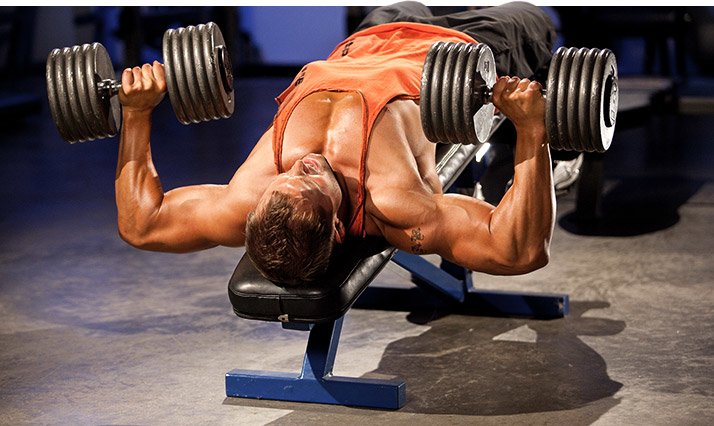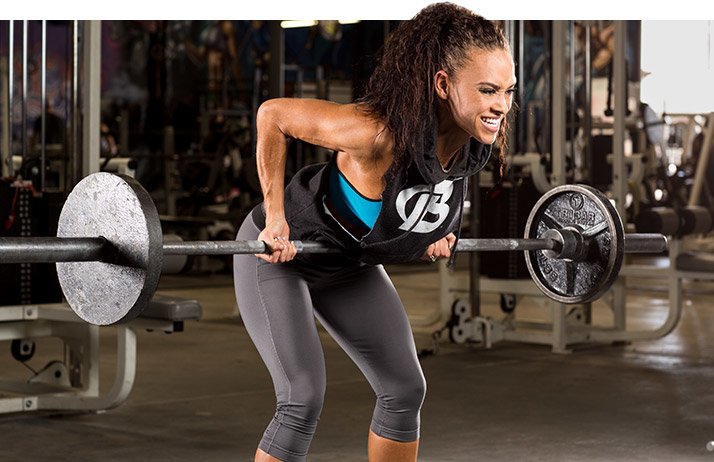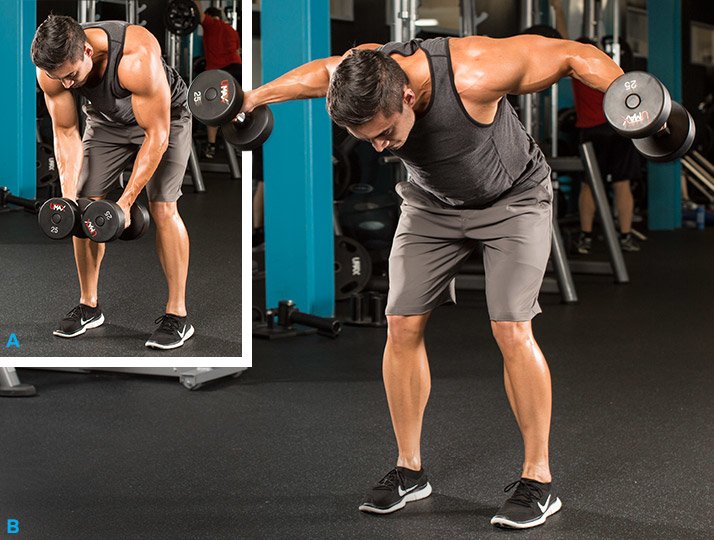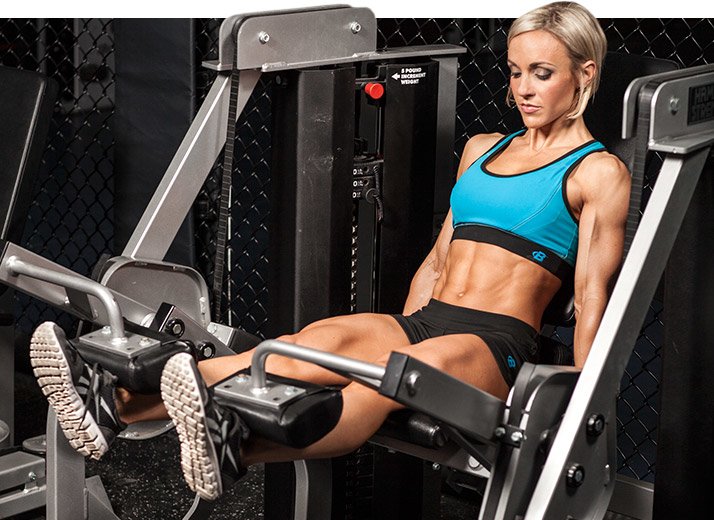
EMG Studies Show Best Exercises!
If you're new to the weightlifting game, there are hundreds of different exercises. How are you supposed to know which ones are effective and which ones aren't?
If you're new to the weightlifting game, there are hundreds of different exercises. How are you supposed to know which ones are effective and which ones aren't? And if you have been lifting for some time, how are you supposed to decipher the best exercises from the mediocre ones?
Well, thanks to EMG (Electromyography), we can now determine the best exercises for each muscle group. An EMG is a device that is used for measuring extremely small amounts of electricity generated by muscles below the surface of the skin. Let me explain how EMG works so you can get a better idea.
Two collectors called electrodes are placed on the surface of the skin above the muscle being tested. A computer determines the underlying electrical difference. These differences may indicate excessive muscle tension. For our purposes, the differences will also determine the percent of muscle fibers being stressed.
The following are the best exercises for each body part in order of most effective to least. Beside the number is the percentage of muscle fibers worked.
Chest
- Decline dumbbell bench press - 93%
- Incline dumbbell press - 91%
- Decline bench press - 89%
- Flat dumbbell bench press - 87%
- Flat barbell bench press - 85%

The flat barbell bench press, an exercise that is done by many beginners, is one of the least effective exercises. With chest, we can see that dumbbells are far superior to barbells.
Biceps
- One-arm preacher curl, *N/A
- Incline dumbbells, N/A
- Barbell curl w/ narrow grip, N/A
The best bicep exercises are the ones that isolate them. It is very hard to cheat on one-arm preacher curls and the incline dumbbell curls keep your biceps in a stretched position at the bottom.
Triceps
- Skullcrushers on a decline bench, N/A
- Push-downs w/ a rope, N/A
Skullcrushers are an effective exercise, but doing them on a decline bench keeps them in constant tension through out the whole movement. With a rope, you can add an extra pushing out movement at the bottom of a push-down.
Lats
- Bent-over barbell rows - 93%
- One-arm dumbbell rows - 91%
- T-bar rows - 89%
- Lat pull-down - 86%
- Seated pulley rows - 83%

I was surprised myself that pull-ups weren't one of the best exercises. The bent-over row is the most effective exercise for the lats, and should be included in every back workout. It doesn't matter where they are, just include them.
Side Delts
- Incline dumbbell side laterals - 66%
- Standing dumbbell side laterals - 63%
- Seated dumbbell side laterals - 62%
- Cable side laterals - 47%

Many prefer to do their laterals seated because they can execute a more strict movement, but doing them in this fashion reduces the percent of muscle fibers being worked. Dumbbells prove to be more effective than cables.
Rear Delts
- Standing dumbbell bent laterals - 85%
- Seated dumbbell laterals - 83%
- Standing cable bent laterals - 77%
Same as with side delts.
Calves
- Donkey calf raise - 80%
- Standing one-leg calf raises - 79%
- Standing two-leg calf raises - 68%
- Seated calf raises - 61%
Donkey calf raises are a forgotten exercise that I rarely see people doing. If you have weak calves, you should definitely be doing these. The one-legged versions are more effective for calves than the two-legged versions.
Hamstrings
- Standing leg curls - 82%
- Lying leg curls - 71%
- Seated leg curls - 58%
- Sitff-legged-deadlift - 56%
Just like with calves, the one-legged hamstring exercises are more effective.
Quads
- Leg extension, N/A
- Squats, N/A
- Lunges, N/A

The leg extension is the most effective exercise here. The reason is because it's an isolation movement, and the quads are doing all of the work. Squats should be included in every workout. Even though they are one of the best compound movements, they still work the quads to a great deal. In recent studies, foot placement was shown to have little effect.
Abs
- Bicycle crunch maneuver, N/A
- Hanging leg raise, N/A
- Crunches on an exercise ball, N/A
In the bicycle maneuver, all the parts of the abdominals are being worked, upper, lower, and the obliques. The crunch on an exercise ball requires more stabilizer muscles.
We can conclude some ideas from these readings. An exercise can never work 100% of muscles fibers, which is why it is important to perform a variety of exercises and to change your workout every couple of weeks. Every exercise wasn't tested in this study, so it would be advisable to include some of these exercises in your routine and also experiment with others to see which gives you the best feeling. The exercises listed here are not necessarily the best mass-builders but they were proven to be the most effective.
* No studies were done that showed the percentage of muscle fibers being worked. However, studies were done to determine the most effective.
To learn more on muscle fibers and how to utilize they different ways your muscles will work by using different twitch methods, click here!
References
- The science behind the physique: EMG Relived. http://www.tudorbumpa.com/org.htm
- Fahey, Thomas EdD. 25 best lifts. December, 2001. http://www.musculardevelopment.com/new/25bestlifts.htm
